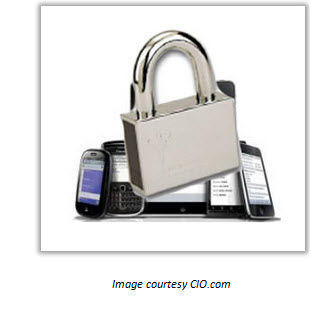As mentioned in an earlier post, “Mobilizing for Mobility: How to Ensure IT’s Readiness,” a rapidly increasing number of enterprises are or will be investing in mobile technology.
To be sure, the push toward greater organizational adoption of BYOD (bring your own device) policies and procedures is a major component of most comprehensive mobile-technology implementation strategies.
Which is why the article, “BYOD: We built the solutions, then found the problems,” courtesy of the “Spotlight on IT” series on Spiceworks.com, is particularly timely.
The author is an IT manager who was tasked with building-out his agency’s BYOD infrastructure. In the Spiceworks article he provides a helpful overview of his thought process, and gives specific advice for how to work with existing IT systems to develop a suitable BYOD solution.
He also touches on the differences between getting the technology right and ensuring proper end-user adoption and compliance.
From the piece: “It took one weekend, and only about 10 hours total, to reconfigure everything to support BYOD access. The policies took longer – they always do – because we needed to educate people on what it means to access corporate resources in a healthcare environment. We had to deal with apps that didn’t work particularly well in 4-inch doses (“using Excel on your phone” is still the worst joke ever told). We had to deal with increased traffic patterns. We had to deal with personal laptops riddled with malware (blocking them from access is easy — explaining why is harder). We had to explain that we reserved the right to fully wipe any personal device used to access company data or apps if it ever goes missing.”
The author then lists three key areas of focus, based on his experience, for others to consider when undertaking a similar BYOD rollout:
1) Be prepared for weird
2) Do not skimp on policy and education
3) Keep the solution simple
For further elaboration on those three points, and to read more about the author’s experience, I encourage you to read the article in its entirety.


